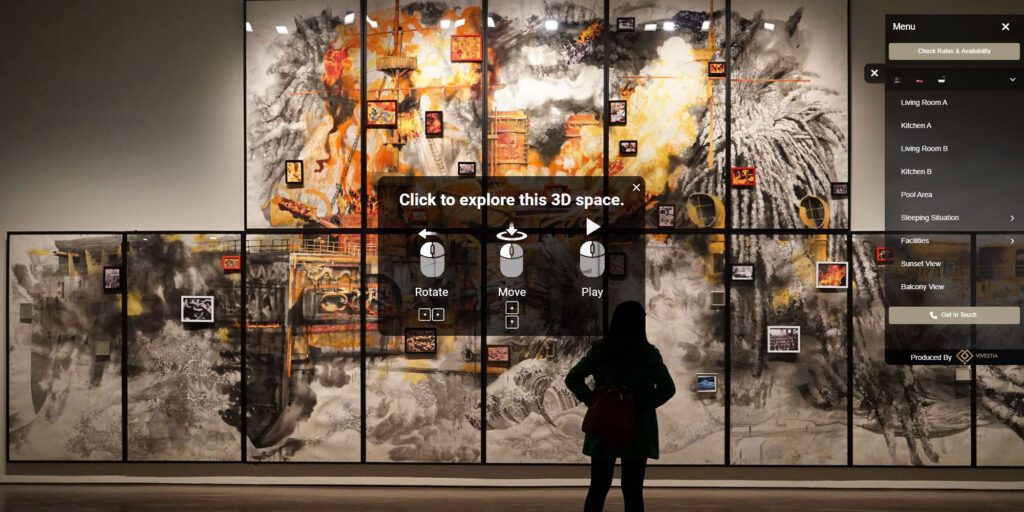
The Evolution of Virtual Tours: From Static Images to Immersive Experiences
Virtual tours have come a long way since their inception. What began as simple static images has evolved into a dynamic and immersive technology. This blog post takes a journey through the evolution of virtual tours, exploring key milestones and advancements.
The Early Days: Panoramic Photography and 360° Images
The roots of virtual tours can be traced back to panoramic photography, which emerged in the mid-19th century. Early panoramic cameras captured wide-angle views, providing a more comprehensive perspective than traditional photographs. In the late 20th century, the advent of digital photography and image stitching software enabled the creation of 360-degree panoramic images, offering a more immersive experience by allowing viewers to look around in all directions.
The Rise of 3D Virtual Tours
The early 2000s saw the rise of 3D virtual tours, powered by advancements in 3D modeling and rendering technology. These tours allowed viewers to not only look around but also “walk through” spaces virtually. So can explor them from different angles and gaining a better understanding of their layout and dimensions. Platforms like Matterport emerged, utilizing specialized cameras and software to capture and create realistic 3D models of spaces, revolutionizing industries like real estate, architecture, and hospitality.
Interactive Elements and Enhanced Engagement
As virtual tour technology progressed, interactive elements became increasingly important. Features like hotspots, Mattertags, embedded media, and floor plans enhanced engagement by allowing viewers to interact with the virtual environment, access additional information, and explore spaces in more detail. These interactive elements transformed virtual tours from passive viewing experiences to active explorations.
Virtual Reality (VR) and Augmented Reality (AR)
The integration of virtual reality (VR) and augmented reality (AR) has further elevated the immersive potential of virtual tours. VR headsets transport viewers directly into the virtual environment, creating a sense of presence and realism that traditional virtual tours cannot match. AR overlays digital information onto the real world, enhancing virtual tours with interactive elements and real-time data.
The Future of Virtual Tours
The evolution of virtual tours continues at a rapid pace, driven by advancements in areas like artificial intelligence (AI), 5G connectivity, and the metaverse. AI is enabling personalized virtual tour experiences, automating content creation, and providing data-driven insights. 5G is facilitating faster loading times, seamless streaming, and real-time interactivity. The metaverse is opening up new possibilities for creating and experiencing virtual worlds, with virtual tours playing a key role in building these immersive environments.
The Journey Continues
From static images to immersive 3D and VR experiences, the evolution of virtual tours has been remarkable. As technology continues to advance, we can expect even more innovative and engaging virtual tour experiences that transform how we interact with spaces, connect with others, and do business.
360thru: At the Forefront of Virtual Tour Innovation
360thru is committed to staying at the forefront of virtual tour technology. We utilize the latest advancements to create immersive and engaging experiences for our clients in Egypt and beyond. Contact us today to explore the possibilities and embark on a virtual tour journey that will captivate your audience and achieve your business goals.
